The global population is becoming increasingly more aware of the effect of greenhouse gases, and moreover the sources of these gases. In an overall stance to become more environmentally conscious through responsible consumption, consumers are looking at producers to improve what is available to them.
As beauty products are mostly daily use, there is potential to either save or waste a lot of resources. Beauty and Personal Care brands have an important role to play as the act of reducing waste is not for packaging alone, but is a greater movement of Upcycling!

From Waste to Worthy
When food is wasted, it also wastes the resources – such as the land, water, energy, and labor – that go into growing, storing, processing, distributing, and preparing that food. Consider this: products we use in North America that are derived from feedstocks leave 40% of the plant inedible, such as skins, peels, leaves, rinds, seeds, pits, and cores of may fruits. This creates an immense opportunity to upcycle resources we have already used the energy to obtain.
So what exactly is upcycling?
Simply put, upcycling is the creation of new products from the waste, and by-product remaining after the production of an entirely separate product. It is repurposing a material that was previously thought to be of no use.
Waste = scraps, leftovers (i.e. peels, pits, leaves, stems)
By-product = secondary product obtained by manufacturing of the main product (i.e. oils, alcohols, starches, pulp)
In consumer goods manufacturing this entails moving from a linear to a circular economy. This means analyzing the starting sources of ingredient materials across industries and better utilized outputs. Let us illustrate, literally!

By neglecting to look at our sources in entirety we are using two oranges in this case for two different parts of the fruit that are incorporated into two different end products, taking those two parts from the same fruit still allows for two different end products, with less resources to create them. Changing our process to circular from linear decreases the resources used by over half or more.
Wow, That is Hard to Argue!
Tell me about it! What else you should know is that the younger generations are drivers for more sustainable practices. In fact, 57% said they want their purchases to be environmentally sustainable. When we look at upcycling they are now the biggest proponents for second-hand shopping, and when asked by Mintel about products made from food waste 58% of 16-24 year olds in the US said they would buy vs. 44% of the rest of the population. The Upcycled Food Association says this is because 95% of us want to do our part to reduce food waste, Are your part of that large number?
Here is Where You Start:
Plant-Based Leftovers
dermofeel® PA & dermofeel® PA-3
🧪Microbiome Balancing Water Cream
Farm Friend Scraps
Another example is using products that are considered waste, or worse weeds. By utlizing plants that would otherwise be discarded or killed, we can harness performance attributes from it’s chemical structure, like Plantservative WSr which is upcycled from wildly cropped honeysuckle plants that are classified as weeds.
There is a greater consumer demand for natural and organic ingredients in the Beauty and Personal Care Market, this is cause for even greater ecological efficiency. Reclaiming waste helps us to put a higher value on our way of life, without costing us the planet!
Learn more about the ways you can incorporate sustainability into your product development, here.

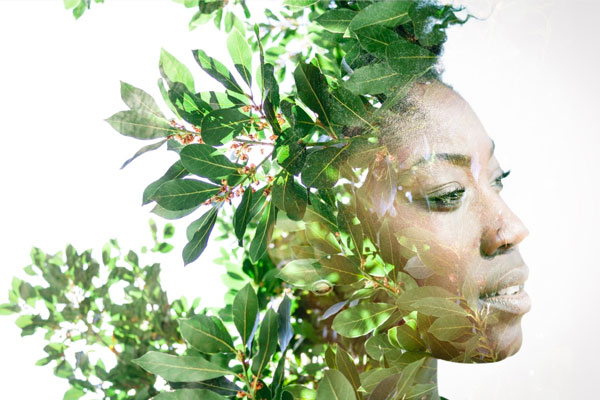
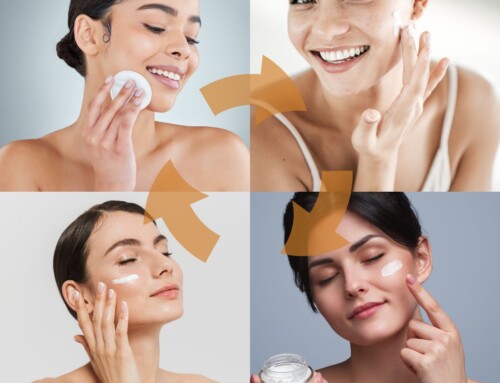
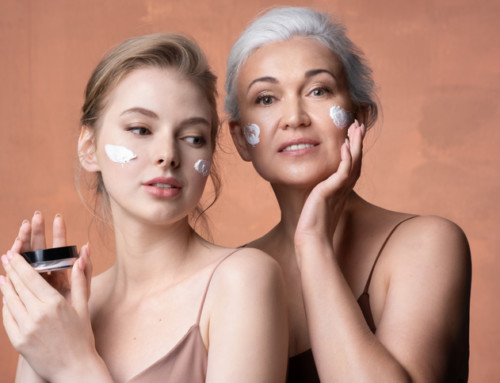
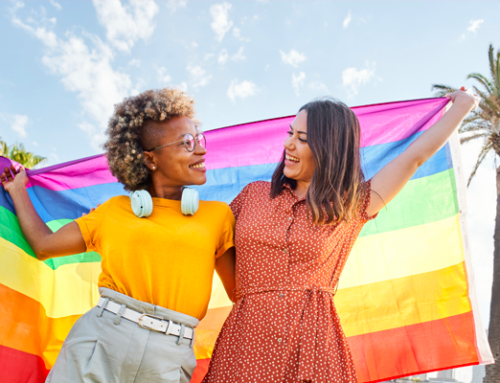

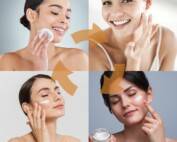
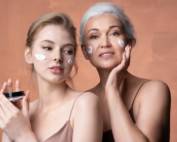








Leave A Comment
You must be logged in to post a comment.